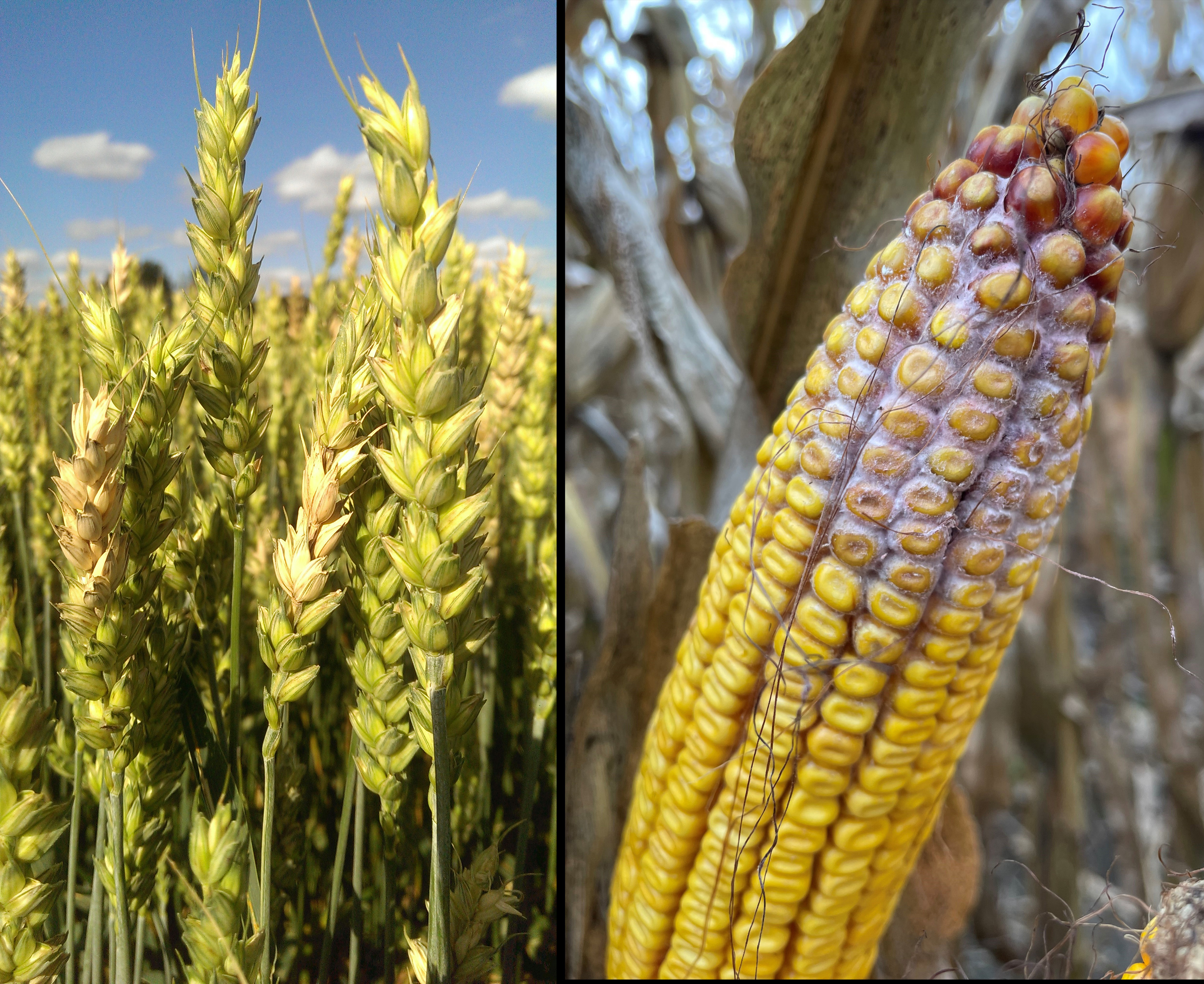Fusarium research under watch: How science and regulation work together to protect U.S. agriculture
The plant pathogen Fusarium graminearum has recently gained media attention, but why all the fuss?

Fusarium graminearum is a globally distributed plant pathogen capable of causing plant diseases, including Fusarium head blight of wheat and small grains and Gibberella ear rot of corn. Under conditions that are favorable for disease, such as warm and wet conditions, the disease can significantly impact yield and grain quality. The fungus can produce toxins referred to as vomitoxin that can induce vomiting. However, farmers actively manage diseases to reduce this threat, and harvested grain is routinely tested for the toxin.

Occasionally, it is helpful to import strains of the fungus from other states or parts of the world to improve our understanding of the system and to further plant disease management. However, there are regulations and procedures in place that are managed by the Animal and Plant Health Inspection Service (APHIS) agency within the United States Department of Agriculture. Those procedures assess the potential threat of the import request and have strict protocols in place to prevent accidental release of potentially dangerous strains.
The recent media attention on Fusarium graminearum provides a valuable opportunity to highlight the ongoing efforts of our universities, government agencies, private industry and farmers who work collaboratively to protect our crops and ensure a safe, reliable food supply.
An excellent article with more detail on Fusarium graminearum is available at the Crop Protection Network: An Overview of Fusarium Head Blight.
You can also watch the following Field Crops Virtual Breakfast Series recording, where Dennis Pennington and I review and give background information regarding the recent potential ag bioterrorism arrests made at Detroit Metro Airport and answer questions.



 Print
Print Email
Email